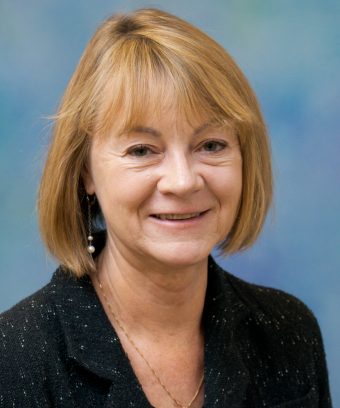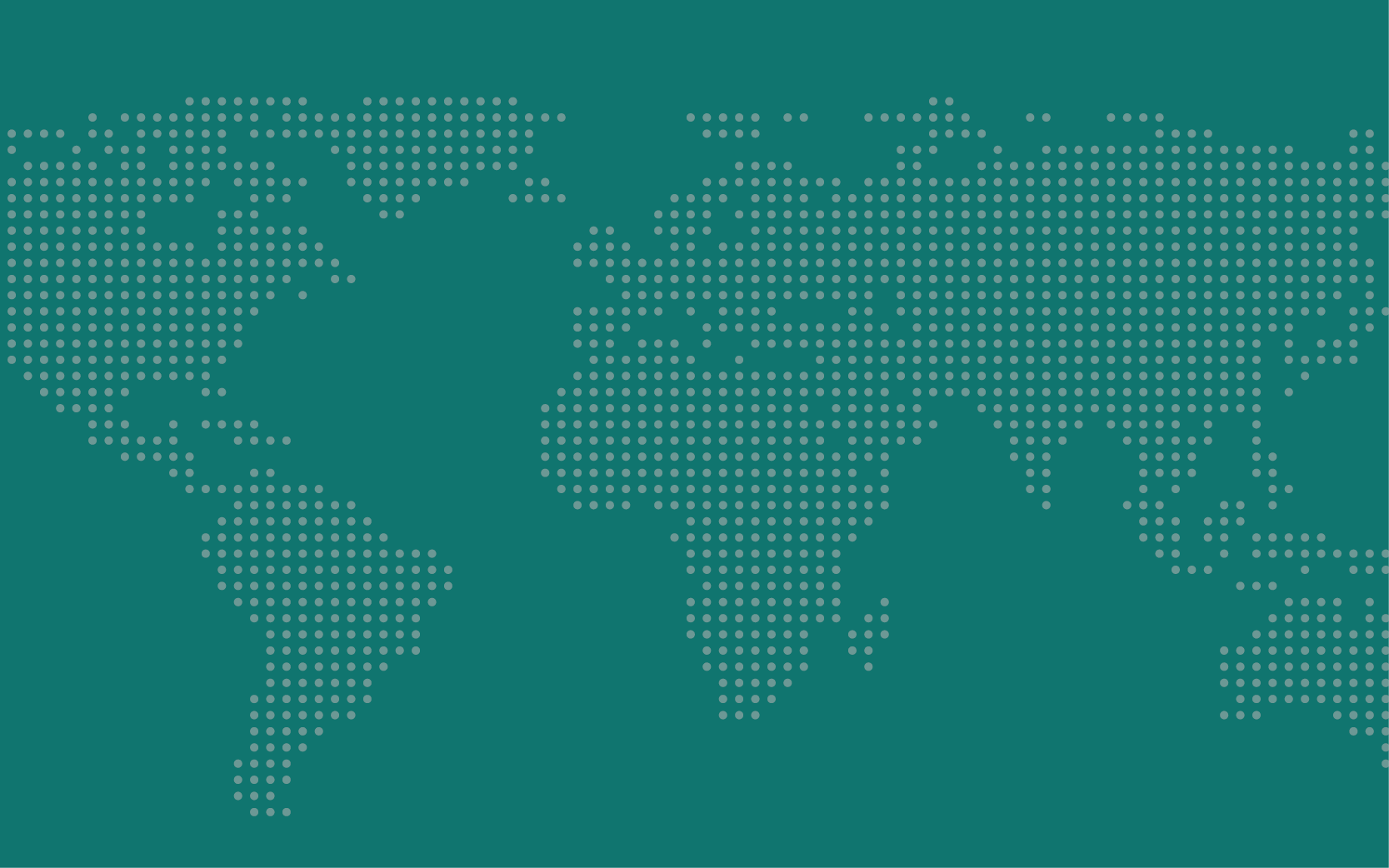IGCC Experts Mark World Refugee Day
Each year on June 20, we celebrate World Refugee Day—designated by the United Nations to honor refugees around the globe and shine a light on the often difficult circumstances facing those who have been forcibly displaced by conflict, discrimination, and other political and social crises. IGCC asked a small group of its 2021-22 dissertation fellows whose research spans migrant and refugee issues, plus IGCC affiliate Jeannette Money, a professor at UC Davis and migration expert, to share their thoughts on the biggest challenges facing refugees over the next year.

The Shifting Definitions of What Constitutes a “Refugee”
Depending on one’s perspective, the number of refugees in the world can appear to be both very small and very large at the same time. When populist political leaders raise the alarm about an immense flood of refugees pouring in through the borders, or when academics bemoan the fact that the global refugee protection regime is straining under the weight of the largest refugee population witnessed since World War II, it may be prudent to take stock of those claims.
The global refugee population today, generously estimated, stands at around a meager 0.34 percent of the world’s population. It is a population that is manageably small, and devising institutions and instruments for its protection, either through asylum or aid, should not prove to be such a daunting global challenge. That refugees constitute such a small fraction of the global population also means that the choice to become a refugee, i.e., to flee one’s country because of a “well-founded fear of being persecuted for reasons of race, religion, nationality,” or for belonging to a particular social or political group (1951 Refugee Convention definition) is statistically rare and a very last resort. Persecution abounds in the world, and the number of intrastate conflicts, a chief driver of refugee flows, has dramatically surged since the second half of the 20th century. And yet, the percentage of the world’s population who are refugees has grown at a much smaller rate in comparison. The so-called “refugee crisis” of our times is not as intractable as we may be led to believe.
However, this optimism should not blind analysts from the real obstacles facing refugee protection. In the last 20 years, the number of global refugees has nearly tripled—from around 10.5 million in 2010 to 27.5 million in 2022 (including Ukrainian refugees). This figure excludes some 4.8 million Venezuelans who, despite facing refugee-like situations, and constituting the second-largest international displacement crisis in the world, have been denied refugee status by neighboring host states. These host states’ refusal to give refugee status to the Venezuelans they’ve accepted follows a growing pattern. Bangladesh hosts one million Rohingyas from Myanmar, but calls them “Forcefully Displaced Myanmar Nationals” instead of “refugees.” Although this may seem like an alarming trend, in my research I show that such behavior does not necessarily imply an outright reluctance to host refugees. Rather, it is an attempt by host states to diversify the sources of external assistance for hosting refugees and for their own citizens (i.e., refugee rent-seeking).
By blurring the line between terms like “refugees” and “the displaced,” countries seek additional assistance from agencies like IOM (International Organization for Migration) and other UN agencies that do not have a mandate to assist refugees. The United Nations needs to adapt—its refugee response will have to increasingly involve multiple UN agencies, not just the UN High Commissioner for Refugees. It will also need to streamline coordination between agencies. At the same time, the world needs to ensure that the blurring of the term “refugee” does not devolve into a denial of refugee protection.
Tauhid S. Bin Kashem (UC Irvine) is an IGCC Dissertation Fellow.

The Need to Invest in Refugee Resettlement
There are currently 27 million refugees worldwide, many of whom are estimated to need permanent resettlement in a new country. California alone resettled more than 100,000 refugees since the early 2000s. Yet, there is an ever-growing gap between the number of people in need of resettlement and the number who have actually been resettled. This resettlement gap is one of the big challenges facing the world’s refugee population. Overall, while the population of displaced persons has grown exponentially over the last few decades, resources and support have lagged.
Among refugees who are resettled, there is also the question of how well they are faring in their new countries. In the United States, there’s a dearth of research exploring refugees’ long-term integration, especially in comparison to other immigrant groups, even though the nature of their displacement and migration suggests that the challenges facing refugees may differ from those faced by other migrants.
My research explores the effects of resettlement policies on refugee integration by comparing differences in integration outcomes between refugees and non-refugee groups. In my doctoral research, published in the International Migration Review, I explored how governmental declines in refugee assistance across recent decades affect refugee integration. From 1980, which is when the U.S. Refugee Resettlement Program began, to 1995, the level of annual funding Congress allotted to the program decreased from US$600 million to US$200 million (after adjusting for inflation). In the same period, the length of time refugees are eligible for assistance fell from the first three years after arrival to a mere eight months.
These changes have big implications for the health and education outcomes of refugees. In education, my research shows that refugee children completed more years of schooling than other migrant children, all else equal, and this differential is attributable to the governmental assistance refugees receive upon arrival. The educational differential diminishes, however, as the level of government assistance declines. Although the U.S. federal government justified drops in assistance as a way to incentivize refugees to find employment and become self-sufficient more quickly, my research suggests that the cutbacks may have negative consequences on refugee children’s long-term integration.
In health, both refugees and non-refugee migrants reported better health and lower rates of work disability compared to the U.S.-born, with non-refugees experiencing the greater health advantage. Yet, health also declines much more rapidly over the duration of residency for non-refugee migrants. More research is necessary to understand why refugees and other migrants experience different health outcomes, but the decline is likely attributable to a lack of healthcare access among the general migrant population, especially insurance coverage.
It is critical that shifts in resettlement policies be accompanied by evidence-based research that investigates the impacts of such changes on refugees’ long-term integration and well-being. For example, in recent decades, the “regionalization” of refugee resettlement has spread the population of new arrivals more broadly across U.S. cities and towns, often into locales that have not seen new waves of migrants in the last several decades. Yet, how this resettlement approach affects refugees and their children is still an open question. More recently, a government drive to develop a private refugee sponsorship program in the United States has opened up the potential for new opportunities as well as challenges for refugee integration. Understanding the short- and long-term impacts of immigration and resettlement policy shifts is thus an important area of future research for immigration scholars.
Ngoc-Thoa Vinh Khuu (UC Irvine) is an IGCC dissertation fellow.

Who “Deserves” Protection?
World Refugee Day presents an opportunity to consider the protections that the UN Convention on the Status of Refugees provides as well as to reflect on those who are unable to avail themselves of those protections. There are 26.6 million refugees worldwide along with 4.4 million asylum seekers and 50.9 million internally displaced persons. Their movement across international borders will continue apace despite government efforts to control international migration. The warmth of their reception will be determined in part by the degree to which the country receiving them perceives them as “involuntary” and “deserving” (see here, here, and here).
According to the Refugee Convention, refugees are defined by their “well-founded fear of being persecuted for reasons of race, religion, nationality, membership of a particular social group or political opinion” (UN Convention 1951, 14). Countries of reception and/or the United Nations High Commissioner for Refugees (UNCHR) vet individuals to determine the validity of their claims and award or deny refugee status. Signatories of the Refugee Convention promise not to “refoule” or return individuals meeting those criteria to their countries of origin.
The reception of Ukrainian refugees in Europe—there are now some 4.8 million of them—is perceived as far more welcoming than that received by the more than one million asylum seekers who arrived in Europe during the 2015-2016 “European migration crisis.” It is important to point out, however, that the European Union has only offered temporary protection rather than refugee status to the Ukrainians (although individuals retain the right to apply for international protection). Nonetheless, research confirms that citizens in the Global North are more welcoming of migrants who flee violence or environmental change than they are of those who come for economic gain, because the former are perceived as having little choice and are therefore considered more deserving of protection.
While not discounting references to racism and ethnocentrism in explaining the different degrees of welcome between Ukrainians and migrants from farther afield, it is important to note that many of the migrants in the 2015-2016 crisis were classified as economic migrants rather than refugees, as most of the arrivals had already found sanctuary in another country and wanted to better their conditions by onward movement. Thus, although many European countries accepted those fleeing conflict, they turned away a significant number of migrants who were viewed as economic migrants and therefore more voluntary and less deserving. They were able to do so without contravening the Refugee Convention, since it does not require states to adhere to the non-refoulement provisions for this onward movement.
The Ukraine situation highlights the inadequacy of the narrow definition of refugee, which limits the application of non-refoulement protections to those who are able to validate their persecution claims. Yet, worldwide, many people move because of violent conflict, environmental events, corrupt and ineffective governance, and inadequate access to the basic necessities of life. The line between “forced” and “voluntary” migration is not as clear or sharp as is often assumed.
Where you are born drastically impacts your life chances, and non-refugee migrants have the agency and resilience to attempt to move to more hospitable conditions. Citizens of the countries who receive them may be more amenable to these new arrivals if they receive information about the conditions in the countries of origin that show that they are just as deserving and in need as those technically classified as refugees. This suggests we need to rethink our current categorization of “voluntary” versus “forced” migrants, both to ensure migrants are welcome upon arrival, and to accurately reflect the root causes of their movement, and to devote additional resources to both dimensions.
Jeannette Money is a professor of political science at UC Davis and a member of IGCC’s Steering Committee.

Moving from “Compassion” to Refugee Rights
The war in Syria, the “migrant caravan” from Central America, and most recently, the war in Ukraine have put refugees in the international political spotlight. This rediscovered visibility has brought resources and attention to the challenges refugees face, and to the international protection framework. The United Nations Global Compact on Refugees is helping to institutionalize refugee protections, and significant steps are being taken to improve data collection and informed policymaking.
One approach to helping refugees that is gaining traction is using economic development to stop potential refugee movements. The idea is to address the assumed root causes of refugee migration—poverty, and lack of access to education, healthcare, and jobs. This approach, however, risks reducing refugee migration to so-called economic migration, and could foster anti-refugee rhetoric.
While the institutional protection framework has grown, anti-refugee rhetoric and politics have gained traction. Denmark, for example, recently revoked the residency permits of dozens of refugees and began proceedings to send them back to Syria. In the UK, asylum-seekers are on a hunger strike in protest of the plan that will send them to Rwanda to have their claims processed, a policy that officially began on June 14, one week before Refugee Day. Anti-refugee political parties have competed successfully in elections worldwide, including in Western, liberal countries. In the 2022 French elections, the radical right candidate received more than 40 percent of the votes with an emphasis on the “Great Replacement,” a conspiracy theory claiming that the native-born white population of Europe is being replaced by mass immigration of non-white immigrants.
In Turkey, which hosts the largest number of refugees in the world, anti-refugee attitudes are surging. To reduce the number of refugees living in Turkey, the Turkish government is constructing a refugee settlement in a volatile region of Syria, despite protests from refugee organizations and threats from the Assad regime. Furthermore, the center and liberal opposition parties are promising their electorates that they will expunge the refugees once they come to power. In this bleak picture, although Ukrainian refugees in Europe have received a relatively warm welcome, it is hard to assess how long their welcome will last: “compassion fatigue” is a real threat to long-lasting refugee situations, since the protection language is built on “mercy” rhetoric rather than justice. The global economic crisis is likely to exacerbate these problems. As the donations from governments and non-state organizations constitute a large portion of the United Nations High Commissioner for Refugees’ budget, anti-refugee politics are very likely to affect non-state protection capabilities.
The refugee situation and rising anti-refugee attitude are forcing the limits of how far we can go with “compassion” rhetoric, ad hoc responses, and an aid-based financing model for refugee protection. The future and the success of refugee protection depend on how fast and effectively we can leave the mercy rhetoric behind and switch to a rights-based approach built on a solid legal and financial structure rather than compassion and aid.
Sevin Sagnic (UC San Diego) is an IGCC Dissertation Fellow.

Global Policy At A Glance
Global Policy At A Glance is IGCC’s blog, which brings research from our network of scholars to engaged audiences outside of academia.
Read More